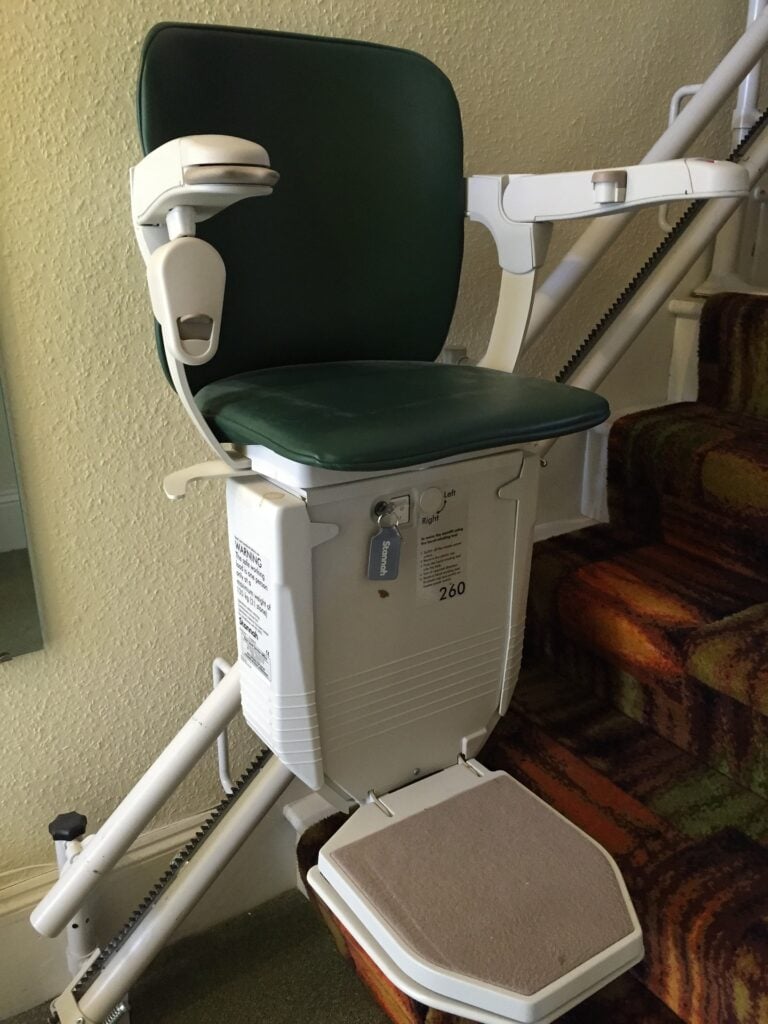Table of Contents
If you need more clarification about the definition of aging in place, follow that link as the article will provide some insight.
It has been shown that age we age, almost everyone would love to continue living in a home and community of their choice. This is a desire that is not hard to understand. You may have already moved or downsized to a more manageable home. The last thing you want when aging in place is to have to move again or to be transferred to a facility where your medical needs can be met. Review Aging in place vs. Step up in care model to see the different paths elder care can take.
There are numerous advantages to aging in place communities and keeping the elderly in their own homes. The ability to live out your senior years as comfortably as you would like to involve careful planning with regards to economic and financial consideration.
The sooner plans can be made for aging in place, the better. There are many moving pieces and with careful planning you can set yourself or a loved one up for success. As the old adage goes, "the best time to start was 5 years ago. The second best time to start is today."

Aging changes how you experience life regardless of how fit you are and how well you’ve taken care of your body and mind. We should not overlook the inevitable in terms of mental, physical, and emotional changes we all go through. They do not necessarily have to be negative.
There are certainly many aging in place benefits such as learning to be more tolerant and patient rather than abrupt and impatient, which is behavior most often found in younger people.
Some of the subtle changes we hardly notice include:
Some people start experiencing these changes at 50 while others will only notice them once they hit 70. Successfully aging in place means you need to plan ahead for future changes.
Did you know that in the year 2000 there were more than 35 million Americans at the age of 65 or older? This figure will have doubled by 2030 as per the US Census Board. Therefore, an astounding 20% of the American population will be seniors.
It is in everybody’s best interest to keep older folks out of the medical system and facilities. Staying in their homes and communities as long as they possibly can is the best way to do this.
Making this possible involves many innovative aspects related community care, policy, and experimenting with aging in place design.
Although Baby Boomers are in much better physical condition than previous generations, they still feel the effects of aging that takes its toll on their vision, physical well-being, and mobility.
A growing trend is for families to open their homes for elderly relatives. This can be a cost effective way to provide needed assistance, but most people would prefer to stay in their own home. If the funds are available to make certain home modifications, aging in place may be suitable option.
There are several ways to modify your home or their home to accommodate aging in place for a loved one. Each modification should be used for improved function and prevention of falling at home.
One of the key areas in a home where mobility proves to be a challenge is the bathroom. Just a few simple renovations such as step-through tubs, bath bars, comfort height toilets, and showers with no curbs will make aging in place a lot easier.
Stairs also present a challenge for aging loved ones in the home. Have you considered adding a chair lift for two-story homes to accommodate seniors who find it hard to walk? What about exterior rails or ramps to make entering the home easier?

As we get older, we often fail to see things properly at night when everything is darker. It helps to fit motion-activated lighting or lighted cover plates to help someone with low vision find the light switch.
A multi-generational household has become commonplace in the US due to the recent recession and job losses.
Even in cases where seniors wish to stay in their own homes, it pays to consider some basic guidelines regarding aging in place design. Some of these include:
Aging in place doesn’t mean you are left to your own devices to sort out everything yourself. There are various resources and technology available nowadays.
If you didn’t have a chance to plan for specific modifications during your younger years, starting now is a good time to make much-needed changes in your home to improve the safety and function for the foreseeable future. The key ingredient is to be prepared and have a plan for aging in place.
That's all for today.
Take care, keep mom safe and have a great day!
Winn